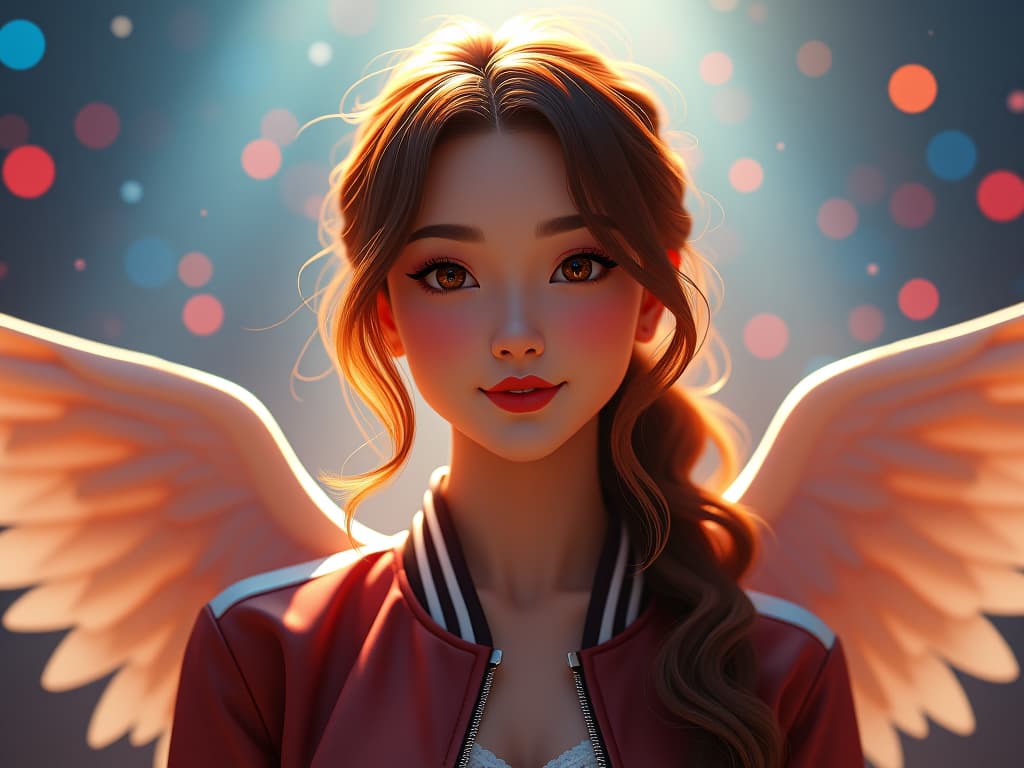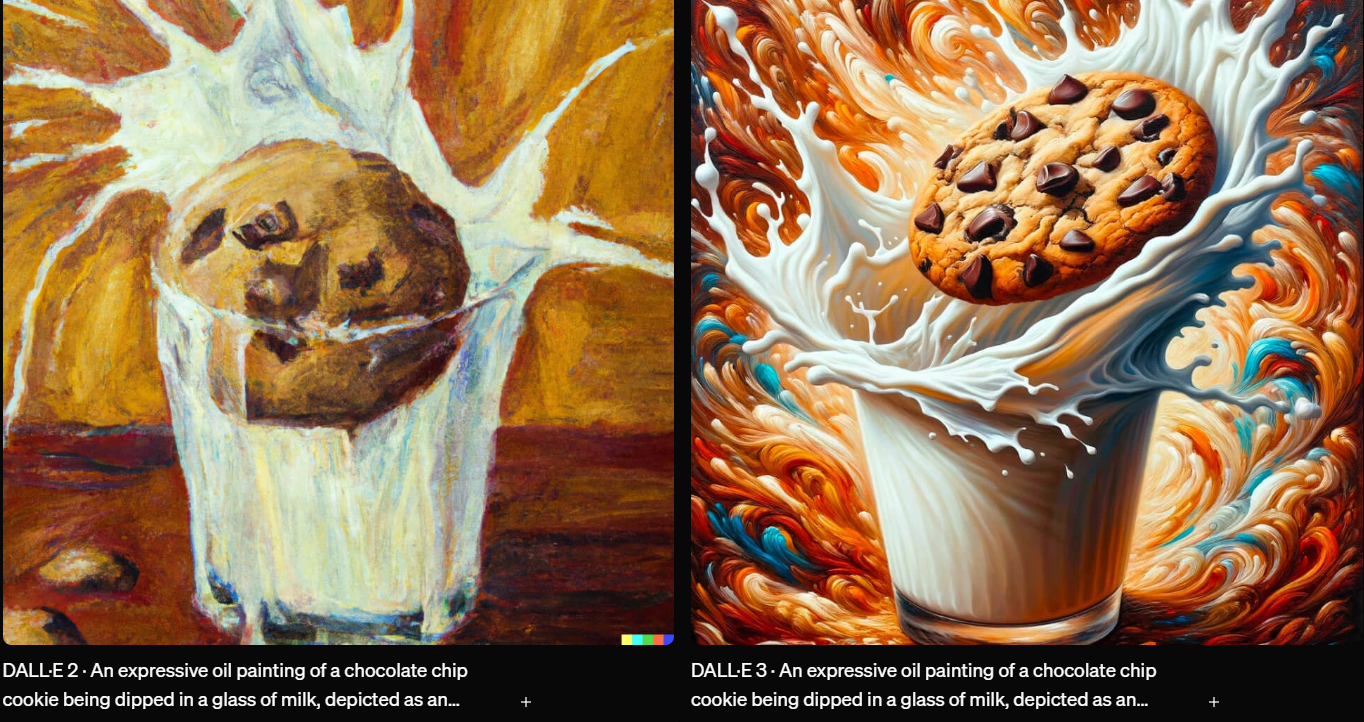AI Art Generation APIs in 2024
Written on . Posted in AI.
AI has changed the way we create and work with images, offering powerful tools that push the boundaries of creativity. While tools like Flux, Stable Diffusion, Midjourney, and DALL-E are well-known for generating impressive visuals, there’s much more to explore.
AI Art generation APIs now offer a wide range of applications, from automatically moderating content to creating unique marketing visuals tailored to specific needs.
Whether you’re looking for an AI art generator that can produce stunning artwork or an API to turn text into customized videos, these technologies are transforming how we approach visual content.
In this article, we’ll introduce five AI Art generation APIs that stand out for their capabilities. These tools can help you integrate AI-driven image creation into your projects, making it easier than ever to bring your ideas to life.
What is an AI Art Generator?
An AI art generator is a tool that uses AI to create digital images from text prompts in different styles, such as realistic, self-portrait, AI avatars, pop art, or watercolour. These tools are easy to use and don't require any artistic skills, allowing anyone to quickly turn a simple description into a unique piece of art. Users can either enter a text prompt or upload an image, and the AI uses this input to produce artwork in various styles and formats.
Types of AI Art
AI art can be categorized into various genres and styles, each bringing a unique flair to digital creativity. Here's an overview of some popular AI art genres and styles you can explore using AI image generators:
Photorealistic: This style aims to produce images that look like real photographs. It uses advanced AI algorithms to create highly detailed, life-like images, often indistinguishable from actual photos. Ex- realistic portraits, landscapes, or scenes with specific lighting, focus, and composition.
Painting Styles: AI can mimic famous painting styles, such as those of Van Gogh, Monet, or Renaissance artists. This allows users to generate digital artworks that resemble oil paintings, watercolours, or other traditional mediums. Users can input prompts to create landscapes, portraits, or abstract art in these styles.
3D Art: AI-generated 3D art includes the creation of three-dimensional objects and scenes that appear to have depth and volume. This style can be used for creating models, sculptures, or animated characters. Ex- futuristic hourglasses, shiny spheres, or complex dioramas.
Animation and Anime: AI can generate animated or anime-style images, characterized by their use of motion, expressive characters, and storytelling elements. This style includes both 2D and 3D animations and can mimic the visual aesthetics of manga, vintage anime, or Claymation.

Illustration: AI illustration styles range from delicate pencil sketches to bold marker drawings. This style is useful for creating cartoons, comics, and other forms of illustrated art. AI can be guided to produce line art, charcoal sketches, or detailed pen and ink illustrations.
Mixed Media and Hybrid Styles: By combining different art styles and techniques, AI can produce hybrid images that blend elements from various genres. For example, an image could merge 3D modelling with classic painting styles or incorporate photographic realism with abstract art. This results in unique and original pieces that cross traditional artistic boundaries.
Each of these styles opens up new possibilities for artists, designers, and creatives, enabling them to generate images that match their specific vision, whether it’s for personal expression, marketing, or other professional applications.
Best AI Art Generation APIs
Here are the top 5 APIs for AI Art Generation:
ModelsLab API
ModelsLab offers a suite of AI APIs designed to support businesses and developers in building next-generation AI products. It provides APIs for various functionalities, including image generation, voice cloning, text-to-image transformation, video creation, and deepfake production. The platform is optimized for speed and ease of use, enabling users to leverage powerful AI tools without needing to maintain their own GPU infrastructure.
Here are some key APIs offered by ModelsLab:
Stable Diffusion API: This API lets you generate and fine-tune images using Stable Diffusion and Dreambooth models. It’s blazing fast, and you can focus on building your AI applications without worrying about GPU maintenance.
Image Editing API: Enhance and manipulate images using this API. Whether you need to edit photos or create custom visual content, this API has you covered.
Training API: Train your models with Lora or Dreambooth on your dataset to generate images of your choice. No need to train your models from scratch.
Text-to-3D API: Convert text descriptions into 3D models. Ideal for interior design, architectural visualization, and more.

Additional Features
Model Training: Users can train their models using LoRa or Dreambooth for $1 per model training, providing custom AI solutions tailored to specific needs.
API Integration: ModelsLab provides easy integration into existing systems, ensuring users can quickly implement and benefit from their AI capabilities.
Support and Community: A 24/7 support team is available, along with an active Discord community for collaboration and assistance.
Now Flux model is also available on ModelsLab.
Get Started With ModelsLab API.
OpenAI API
DALL·E 3 is the latest version of OpenAI's text-to-image generation model, designed to create highly detailed and accurate images based on user-provided descriptions. Compared to its predecessor, DALL·E 3 shows significant improvements in understanding nuanced prompts, which makes it easier for users to translate their ideas into visual content without needing advanced prompt engineering skills.
DALL·E 3 can be accessed through ChatGPT, allowing users to generate images directly by describing what they want to see. If the generated image isn't quite right, users can ask for adjustments using simple instructions.

Available to ChatGPT Plus and Enterprise customers, DALL·E 3 allows users to own the rights to the images they create, giving them the freedom to use, reprint, sell, or merchandise the images without needing further permission from OpenAI. To ensure safety, DALL·E 3 includes measures to prevent generating violent, adult, or hateful content. It also limits the ability to create images of public figures and works to avoid harmful biases.
Additionally, OpenAI is researching methods to help people identify AI-generated images to enhance transparency and accountability. With DALL·E 3, users can bring their creative visions to life while benefiting from robust safety and ethical guidelines.
Generative AI by Getty
One of the major concerns with AI-generated images, especially those created by text-to-image models, is copyright. These models often train on copyrighted material, raising ethical and legal questions about using such images for commercial purposes.
Although this issue isn't fully resolved, Getty has taken a proactive approach by offering a powerful API that provides commercially safe images. This allows businesses to generate images without worrying about potential future legal issues or current ethical concerns, making Getty's API a suitable choice for commercial use.

Get Started with Generative AI by Getty!
Imagen API
The Imagen API, part of Google Cloud Vertex AI, provides access to Imagen 2, Google's advanced text-to-image technology. Launched in December 2023, Imagen 2 generates realistic, high-quality images that closely match user prompts. Unlike other models, it uses its training data's natural distribution for more lifelike outputs.
This API is utilized across various Google platforms like Gemini and Search Generative Experience, as well as experimental projects like ImageFX. Imagen 2 also supports creative projects, such as the Google Arts and Culture initiative and Infinite Wonderland, allowing artists to reimagine classic literature.

The technology improves image-caption pairs for better context understanding and offers editing features like inpainting and outpainting for seamless image modifications. Google incorporates safety measures, including digital watermarking with SynthID, ensuring the ethical use of Imagen 2 for developers and creative professionals.
Stability AI API
Stability AI, best known for its stable diffusion model, has set the benchmark for AI image generation. They have developed the Stability AI Developer Platform, which provides high-quality image generation, AI-driven upscaling, and image-to-image iteration using machine learning.

These features have made Stability AI a powerful tool for various applications, including design, animation, and video editing, making it a go-to choice for creative professionals.
Final Thoughts
AI art generation APIs are changing how we create and use images. ModelsLab provides tools for generating and editing images easily. OpenAI’s DALL·E 3 makes detailed images from text prompts and lets users refine their results. Getty’s Generative AI offers safe, copyright-free images for commercial use.
Google’s Imagen API produces realistic images and has editing features to enhance creativity. Stability AI is known for high-quality image generation and tools useful for design and video editing. These APIs make it easier to create and customize visuals for any need.
